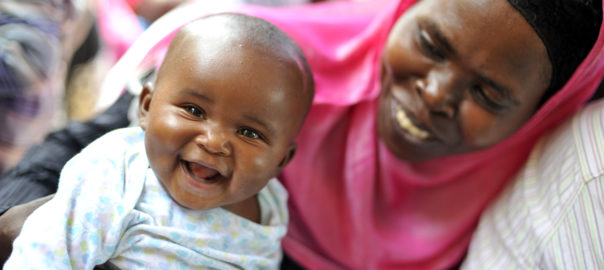Meeting Emerging Nutrition Data Needs in DHS-8
Nutrition is central to the health, well-being, and economic development of individuals, communities, and nations. Comprehensive and credible data are needed to capture the current state of nutrition and track the implementation of nutrition interventions. The DHS Program is a leading source of nutrition data in low and middle-income countries. The DHS Program has standard […]



